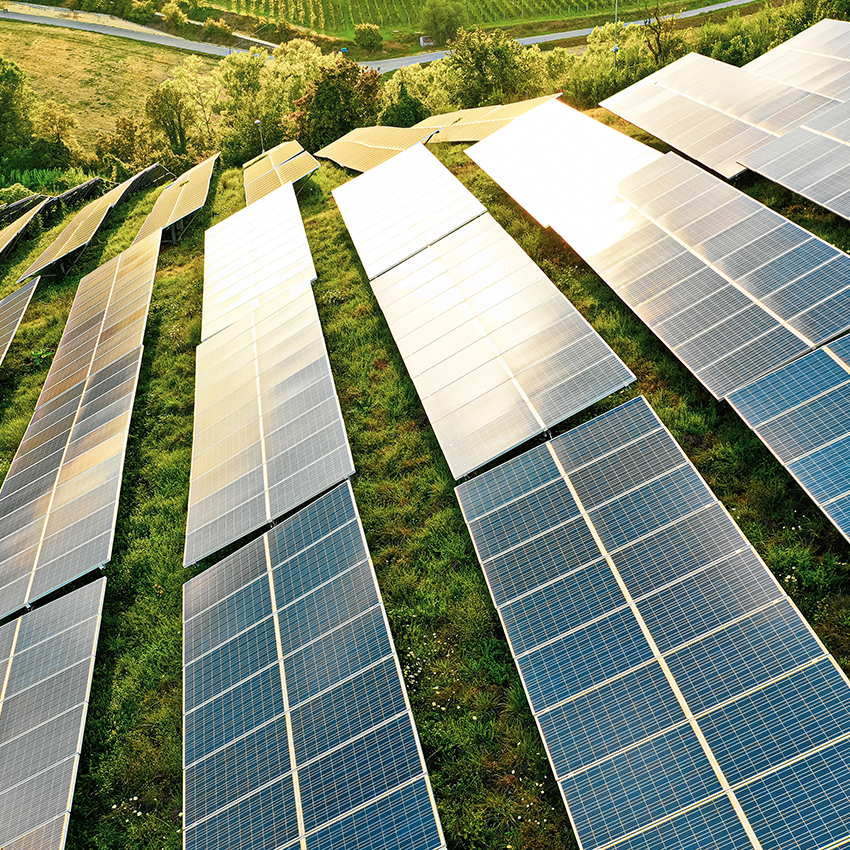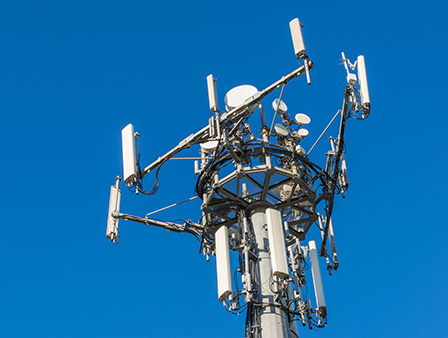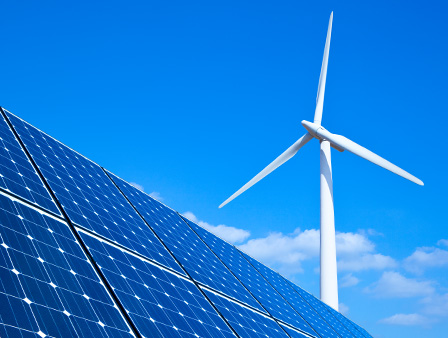Solar Farm Land Lease Rates: How Much Are Solar Farms Worth To Landowners?
 The rapid expansion in the solar industry has been driven by several key factors: government programs like the Investment Tax Credit (ITC), declining photovoltaic (PV) prices, and more recently, the significant incentives introduced by the Inflation Reduction Act (IRA). The IRA, enacted in 2022, has infused the renewable energy sector with long-term certainty through tax credits and funding, making solar development even more attractive by lowering the cost of capital and driving further adoption. Developers are now able to secure even faster returns on investment, bolstered by expanded federal support and technological advancements in solar energy production.This surge in solar energy production and the creation of solar farms across the United States continues to generate numerous financial opportunities for landowners, especially large landowners like farmers. With the IRA’s incentives, solar farm profits from photovoltaic panels are becoming even more lucrative, often surpassing traditional land use like agriculture or livestock farming.While some landowners may take the initiative to reach out to a solar developer, developers typically have a sophisticated understanding of where the most viable land is located and tend to proactively approach landowners. These developers are quick to act, particularly in light of the growing urgency created by the IRA’s favorable financial framework, which encourages rapid deployment of renewable energy projects.The value of solar farm lease rates is determined through an evaluation process of the land itself, followed by lease negotiations. Solar developers assess factors such as available land area, solar exposure, proximity to the electrical grid, and soil quality. Once a site meets the necessary criteria, developers will proceed with a survey and present a draft lease agreement to the landowner. This agreement typically includes details on monthly rent, lease duration, and the amount of acreage required.Rental payments to landowners can vary significantly, depending on the specific characteristics of the land and the scale of the solar installation. Solar farming has become an increasingly profitable venture, as installations generally require at least 4 acres of land, though some projects span hundreds of acres, allowing landowners to earn substantial annual income.As one of the nation’s largest lease acquisition companies, Landmark Dividend can help landowners unlock the full potential of their solar lease agreements by providing upfront capital. Rather than waiting for annual income from a solar lease, property owners can access a lump sum payment for the entire value of their lease now. This flexibility enables landowners to pursue other goals, whether it’s starting a new business, acquiring additional property, or even achieving early retirement. With the IRA accelerating the growth of the renewable sector, now is an ideal time for landowners to capitalize on solar lease opportunities.Even if you’re not currently interested in selling your solar farm lease, we can still provide you a no-obligation analysis and valuation of your lease to determine its true market value. Please call us at 800-843-2024 or click here to start the conversation.
The rapid expansion in the solar industry has been driven by several key factors: government programs like the Investment Tax Credit (ITC), declining photovoltaic (PV) prices, and more recently, the significant incentives introduced by the Inflation Reduction Act (IRA). The IRA, enacted in 2022, has infused the renewable energy sector with long-term certainty through tax credits and funding, making solar development even more attractive by lowering the cost of capital and driving further adoption. Developers are now able to secure even faster returns on investment, bolstered by expanded federal support and technological advancements in solar energy production.This surge in solar energy production and the creation of solar farms across the United States continues to generate numerous financial opportunities for landowners, especially large landowners like farmers. With the IRA’s incentives, solar farm profits from photovoltaic panels are becoming even more lucrative, often surpassing traditional land use like agriculture or livestock farming.While some landowners may take the initiative to reach out to a solar developer, developers typically have a sophisticated understanding of where the most viable land is located and tend to proactively approach landowners. These developers are quick to act, particularly in light of the growing urgency created by the IRA’s favorable financial framework, which encourages rapid deployment of renewable energy projects.The value of solar farm lease rates is determined through an evaluation process of the land itself, followed by lease negotiations. Solar developers assess factors such as available land area, solar exposure, proximity to the electrical grid, and soil quality. Once a site meets the necessary criteria, developers will proceed with a survey and present a draft lease agreement to the landowner. This agreement typically includes details on monthly rent, lease duration, and the amount of acreage required.Rental payments to landowners can vary significantly, depending on the specific characteristics of the land and the scale of the solar installation. Solar farming has become an increasingly profitable venture, as installations generally require at least 4 acres of land, though some projects span hundreds of acres, allowing landowners to earn substantial annual income.As one of the nation’s largest lease acquisition companies, Landmark Dividend can help landowners unlock the full potential of their solar lease agreements by providing upfront capital. Rather than waiting for annual income from a solar lease, property owners can access a lump sum payment for the entire value of their lease now. This flexibility enables landowners to pursue other goals, whether it’s starting a new business, acquiring additional property, or even achieving early retirement. With the IRA accelerating the growth of the renewable sector, now is an ideal time for landowners to capitalize on solar lease opportunities.Even if you’re not currently interested in selling your solar farm lease, we can still provide you a no-obligation analysis and valuation of your lease to determine its true market value. Please call us at 800-843-2024 or click here to start the conversation.
Get in touch
Interested in learning more? Click below to start the conversation.
Select your area of interest
Landmark Dividend
866-526-3675
400 Continental Boulevard
Suite 500
El Segundo, CA 90245





